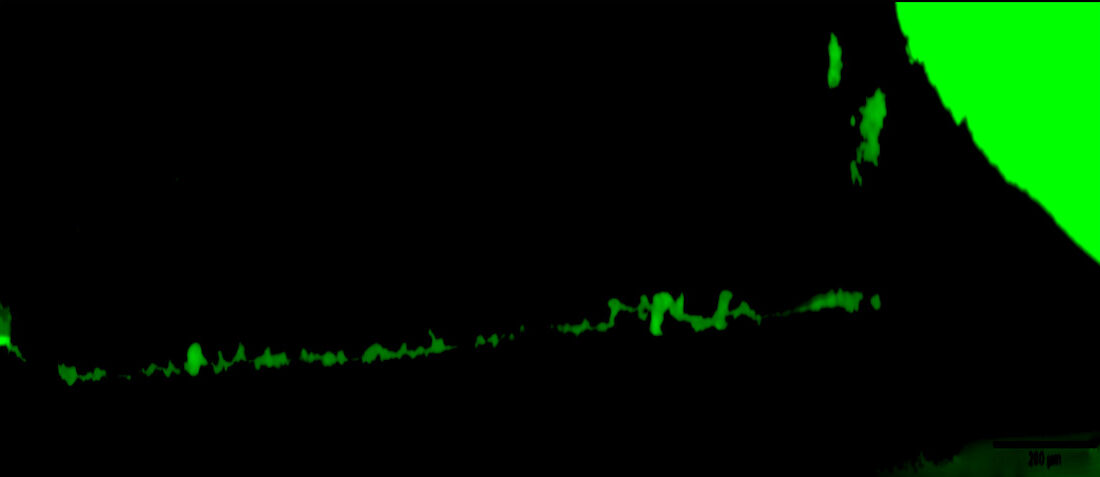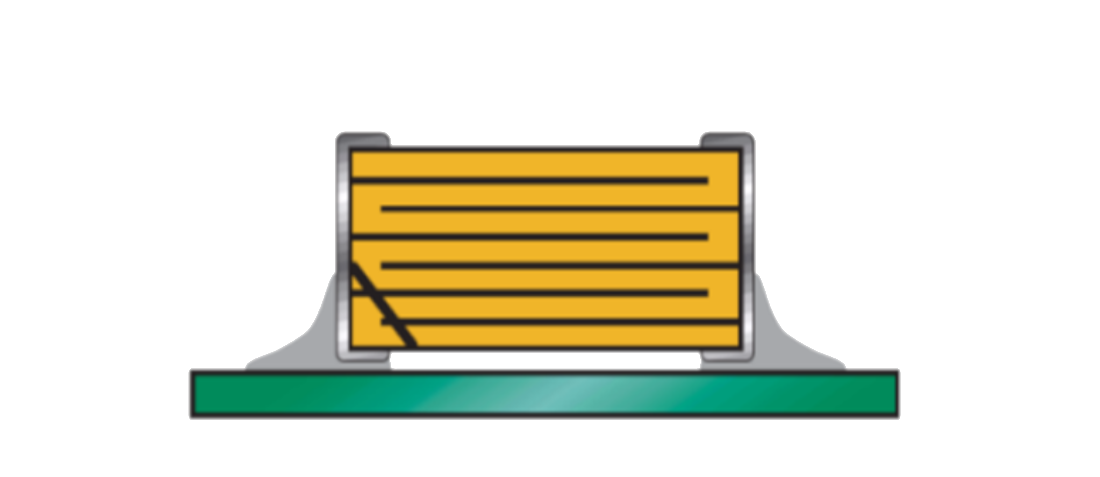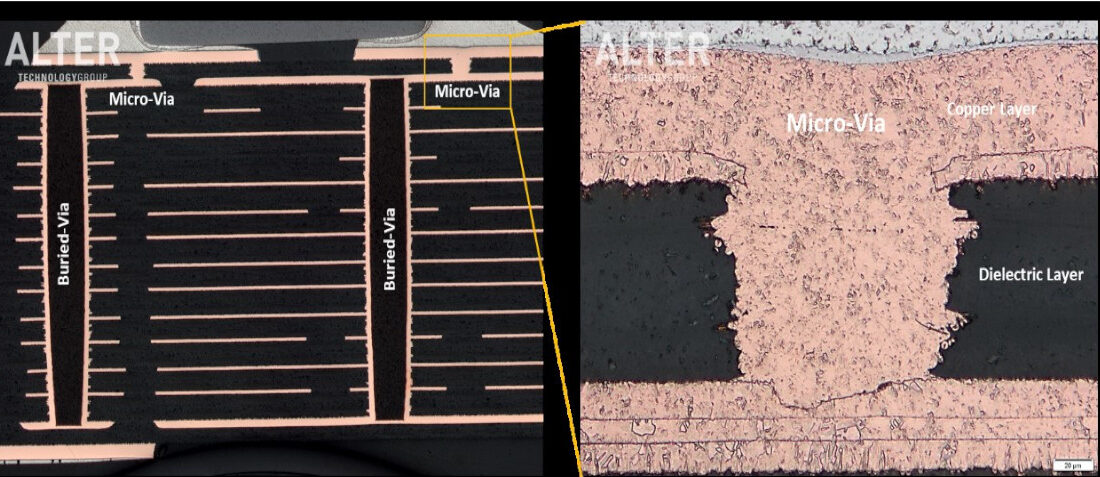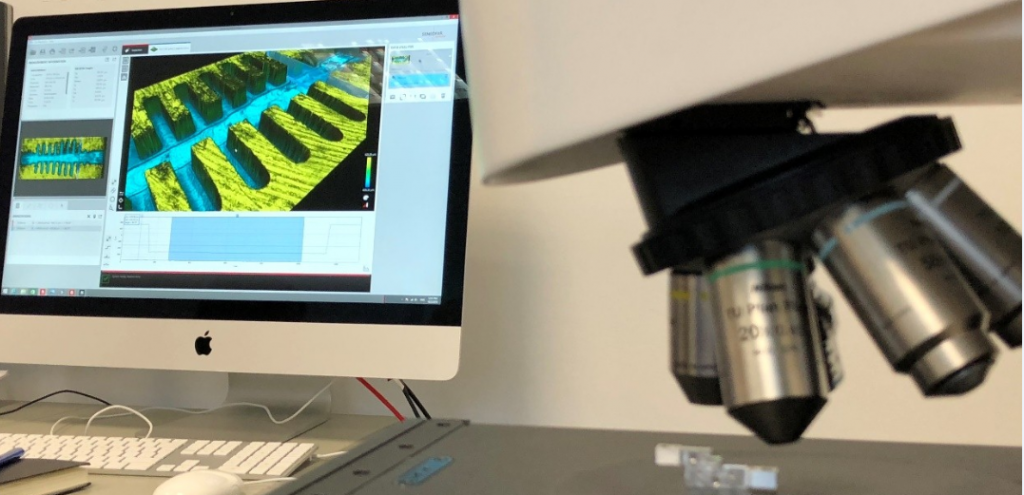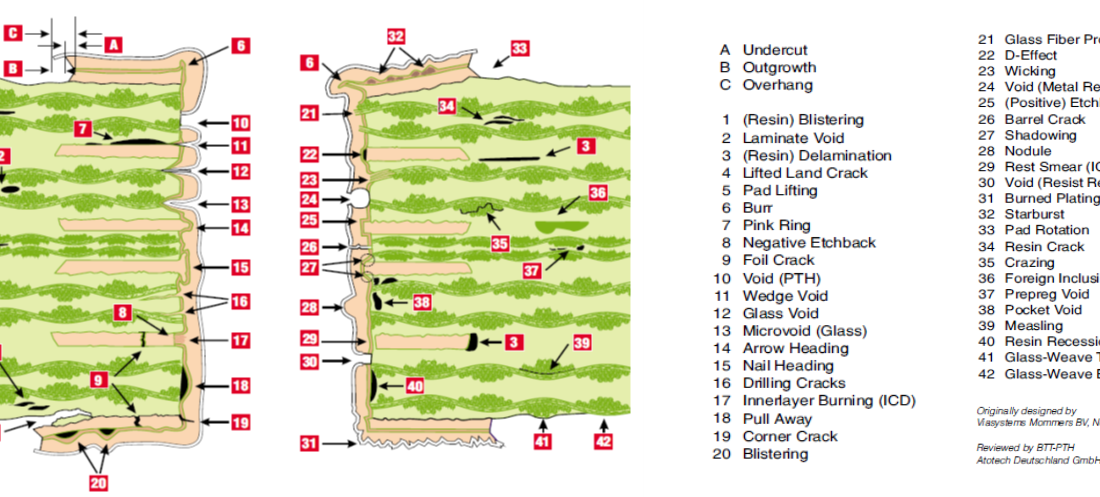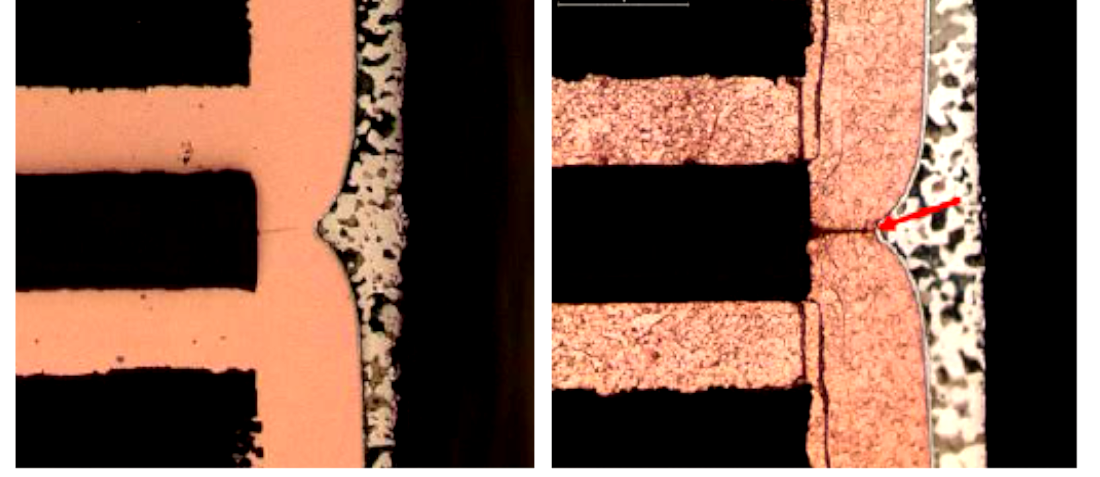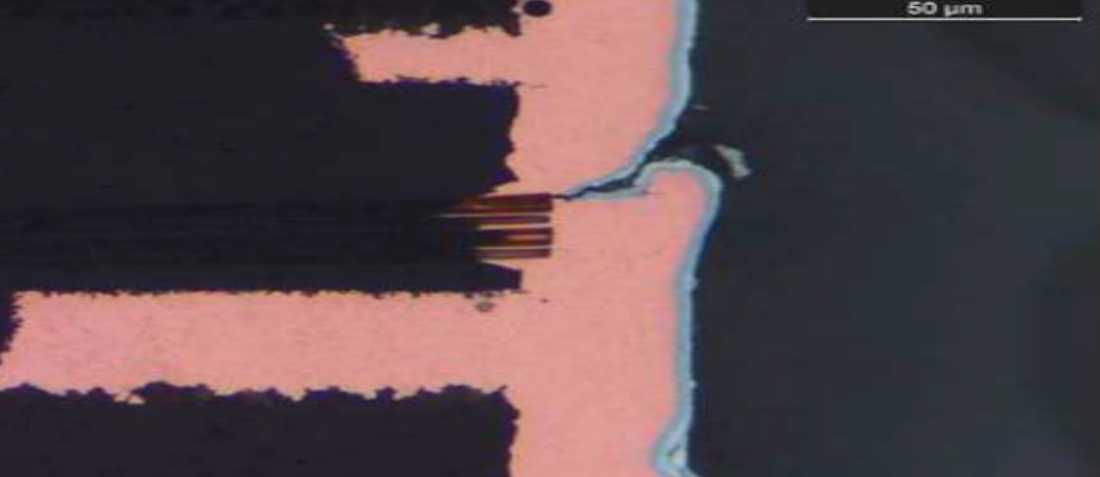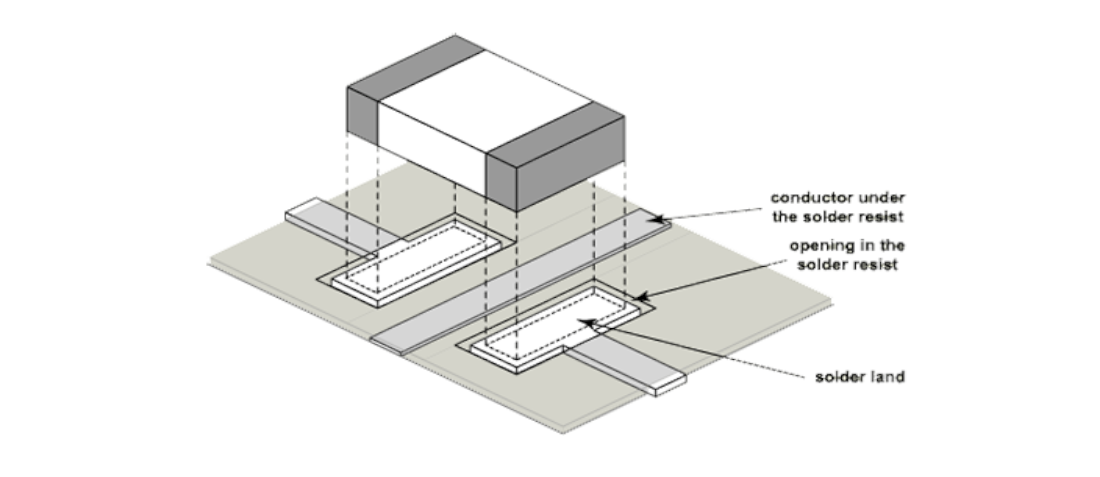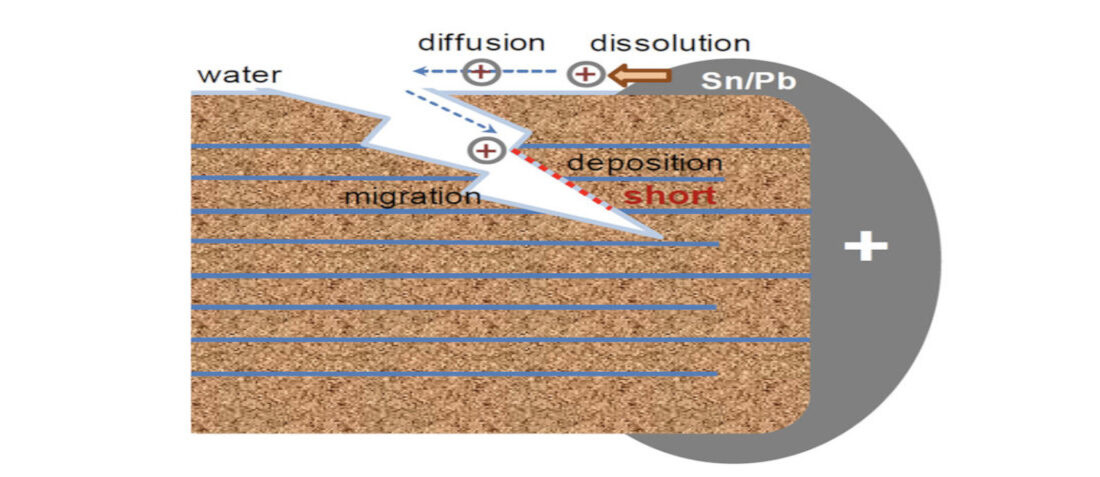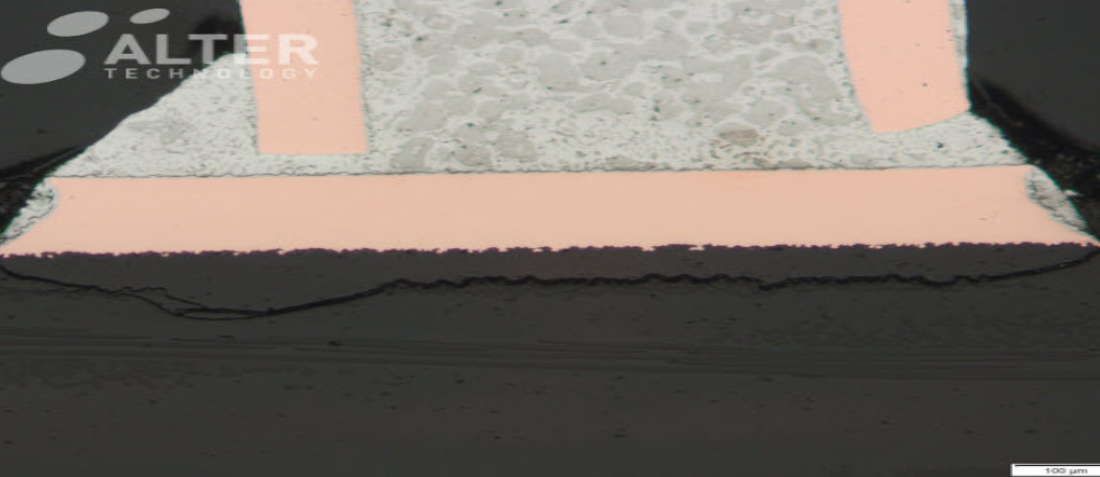Using a Fluorescence Microscopy + dye penetrant test on EEE Parts
- Posted by Francisco Javier Aparicio Rebollo
- On February 19, 2021
- 0
The Fluorescence Microscopy + dye penetrant test is a technique that combines two inspection methods commonly used for the detection of surface anomalies such as cracks, porosity, laps, delaminations, and other discontinuities.

